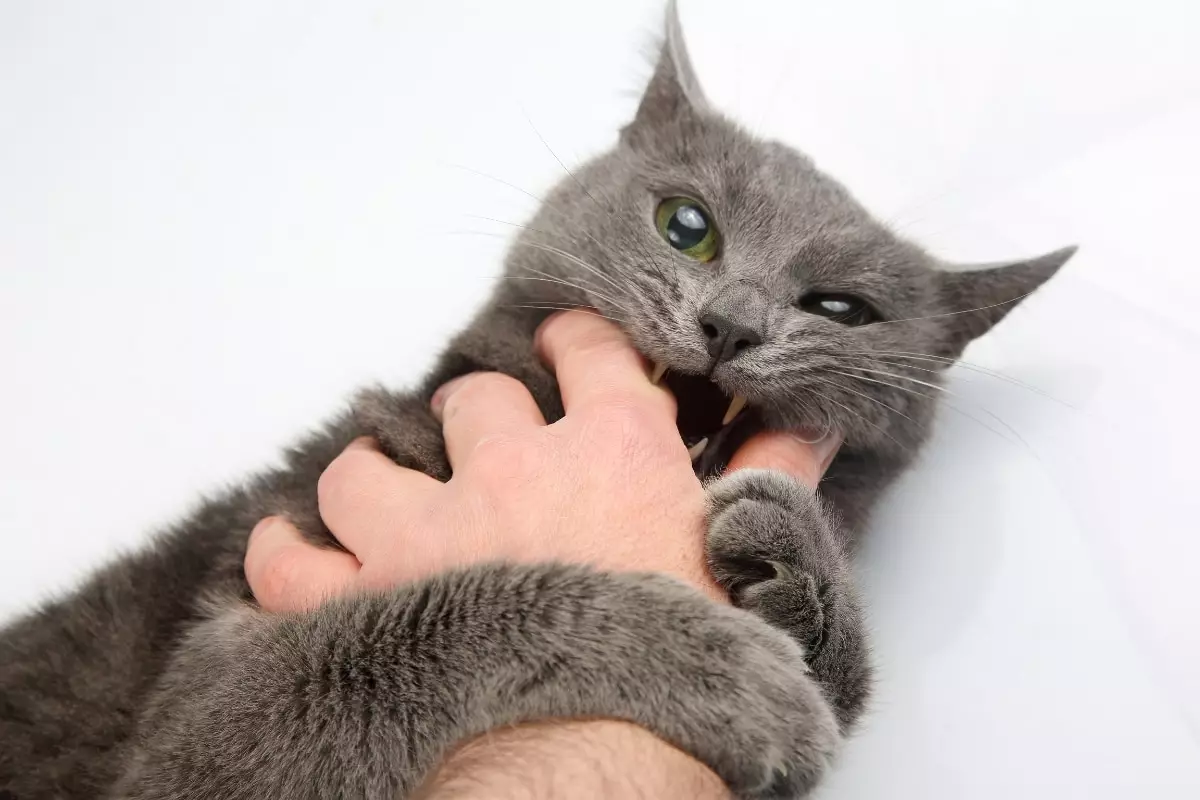Cats, with their enigmatic personalities and stealthy behaviors, are among the most captivating creatures we share our homes with. They are not just pets; they are natural hunters that carry with them a rich instinctual legacy. By attuning ourselves to their habits and deciphering their signals, we can ensure a joyful coexistence that satisfies their playful natures while keeping our homes intact. This article unpacks the subtle clues your feline friend provides as it prepares for its next playful ambush and explores how to guide those instincts into positive play.
Every cat owner has witnessed the moment when their pet lowers its body, eyes locked onto a target, as if they were an impeccably trained soldier ready for the mission. This crouching posture is not merely an expression of play; it embodies a deeply rooted survival tactic inherited from their wild ancestors. When your cat positions itself close to the ground, it prepares to negotiate the space toward whatever has captured its attention.
Whether it’s a toy or a stray beam of light dancing across the floor, understanding this behavior can prevent surprises. Enhancing their environment with varied interactive toys can channel this energy productively, encouraging them to pounce on designated playthings instead of your unsuspecting toes.
A cat’s piercing gaze offers a window into its intentions. When a feline friend is fixated on a specific object or person, that intense stare signifies close attention and readiness to engage. This focus is part of their innate hunting instinct, manifesting even in domesticated scenarios.
To manage this behavior, keep in mind that engaging your cat with enticing toys at this moment can serve as an outlet for their predatory instincts. Redirecting their energy not only curbs unexpected ambushes but also supports mental stimulation, ensuring they feel fulfilled and satisfied.
A cat’s tail is not just a decorative appendage; it acts as an indicator of their emotional state and intent. When you notice a tail flicking or twitching, this usually signals rising excitement and anticipation of imminent action. Cats thrive on mental and physical stimulation, so providing ample activities throughout the day can help moderate their energy levels, reducing potential chaos during playtime.
Offering interactive playtime, especially during these animated signals, allows you to indulge their playful energy in a safe and structured environment.
If you’ve ever seen your cat spontaneously sprint around the living room, you’ve witnessed the often-adorable phenomenon known as the “zoomies.” These bursts of frenetic energy usually signal that your cat has pent-up energy and is seeking an outlet. Such behavior is not just amusing; it is a vital release mechanism that mimics their instinctual hunting behavior.
Scheduling regular play sessions can help curb these explosive moments, providing a pre-emptive way to manage your cat’s whims while reinforcing their energetic needs.
A cat’s desire to conceal itself before launching an assault is fundamental to its nature, reminiscent of their ancestral hunting strategies. Cats often exhibit behavior that involves lurking behind furniture or tightly nestled spots as they prepare to surprise their prey. Minimizing clutter in your living space can help reduce these instances and encourage more appropriate play.
Creating designated play zones with enrichment features—like climbing structures—allows cats both the thrill of the hunt and the security of being in a controlled environment.
Kneading behavior is often seen in happy cats, but it serves a more profound purpose when contemplating impending playful engagement. This rhythmic pushing motion, often seen when they get comfortable on a blanket or close to their human companions, signifies readiness for action. By fostering spaces where they can indulge in kneading, you create an emotional respite, preparing them for the playful antics to follow.
Recognizing the subtle signals that precede sudden movements can facilitate redirection towards toys, giving your furry friend an appropriate outlet for their anticipation.
Understanding your cat’s instinctual behaviors and the signals they display is vital in creating a harmonious environment for both of you. By acknowledging their playful signals—from stealthy poses to sudden bursts of energy—you can channel their needs into enjoyable interactions. This not only fortifies your bond with your pet but also creates a balanced atmosphere where both playfulness and serenity cohabitate.
Feline companions enrich our lives with delightful surprises, and by embracing their natural instincts, we can transform potential ambushes into cherished moments of play and joy.

